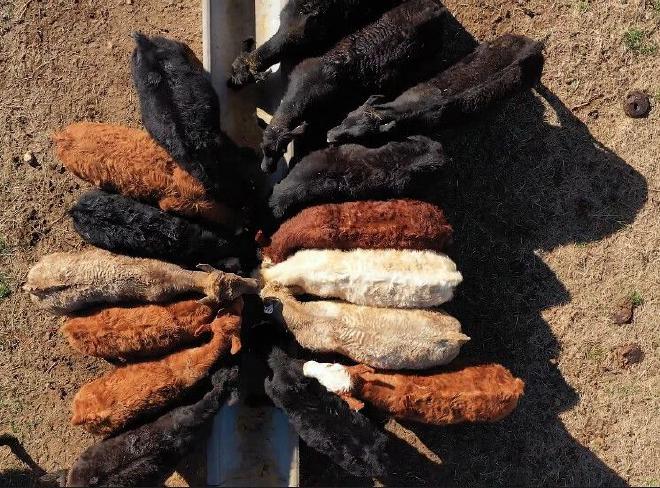

On Oct. 16, U.S. President Donald J. Trump suggested a plan to lower beef prices for American consumers was in the works. The proposal involves expanding the tariff rate quota on Argentinian beef from 20,000 metric tons to 80,000 metric tons, said James Mitchell, extension economist for the University of Arkansas System Division of Agriculture.
U.S. considering raising Argentinian beef quota
Live cattle futures contracts fell sharply after announcement
Market fundamentals remain unchanged
However, Mitchell said -quoted Ryan McGeeney-, discussion of raising the Argentinian beef tariff quota is only one of several factors making cattle producers nervous.
“There are also talks of easing feeder cattle import restrictions on Mexico, which were put in place because of the New World Screwworm in Mexico,” Mitchell said. “Yesterday, news broke about discussions of easing tariffs on Brazil. Brazil has been a high market for U.S. beef imports the last few years as well.
“That’s three proposals that markets are having to sort through,” he said. “This has significantly impacted the futures market — and these markets are all connected. The futures market is going to have an impact on cash prices, although it’s too early to tell how big an impact that will have, but a negative impact is expected.”
While market speculation is already cutting into producers’ profitability, Mitchell said that consumers won’t likely notice much change in grocery prices.
“We’re already importing quite a bit of beef, as a part of overall consumption,” he said. “But anything that moves the market is going to impact profitability in either direction.
“Part of the problem is that this is happening at a very bad time of year for our producers,” Mitchell said. “Most of our cattle operations have cows that calve in the spring, and those operations are selling calves in the fall. To the extent that these events spill over into the cash market and impact those cattle prices negatively, that will impact profitability.”
“Droughts that impact fall grazing are a big problem and could stall some herd expansion,” Mitchell said. “It impacts when you have to start feeding hay and decisions about heifer retention and how many cows to keep through the fall and winter.
“It’s still going to be a record year for profitability,” he concluded. “This isn’t going to turn balance sheets from black to red. The fundamentals are still there, but we all need to pay close attention as markets learn more.”
Citation #
- The article Cattle markets react to proposed tariff changes; consumer beef prices expected to remain steady in the short term, signed by Ryan McGeeney, was published today in the Agricultural Experiment Station and the Cooperative Extension Service news section from the University of Arkansas System
Contact [Notaspampeanas](mailto: notaspampeanas@gmail.com)

